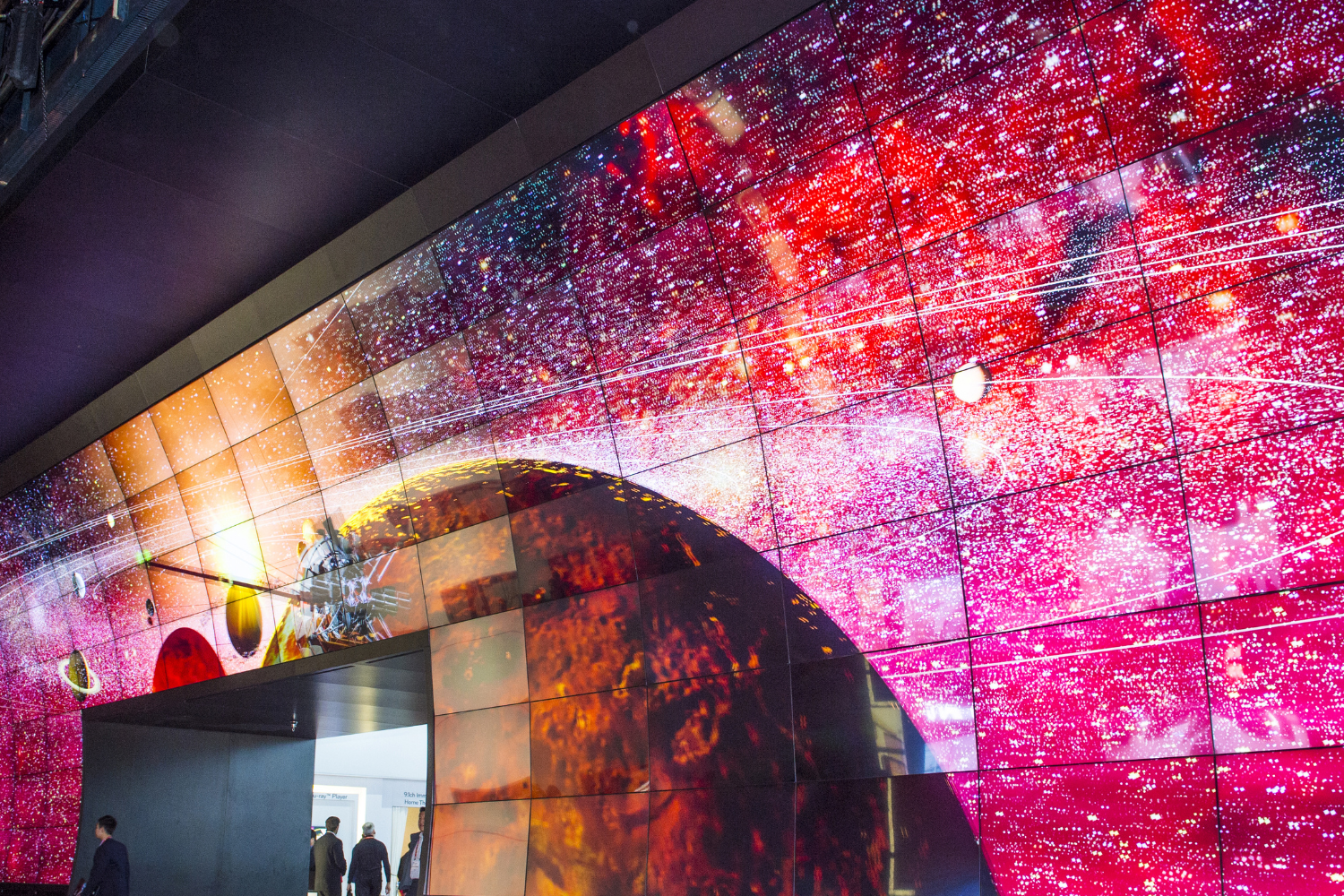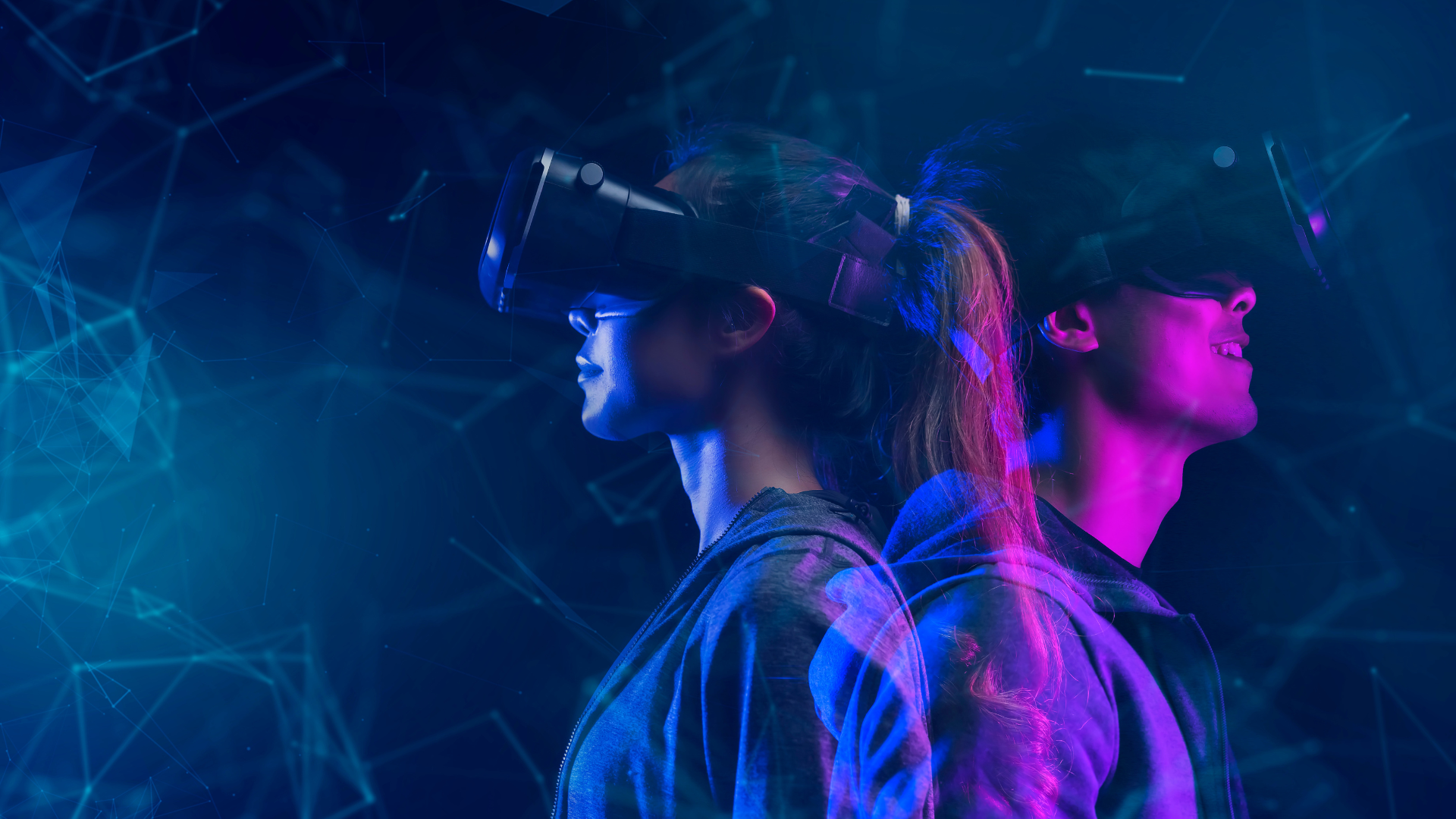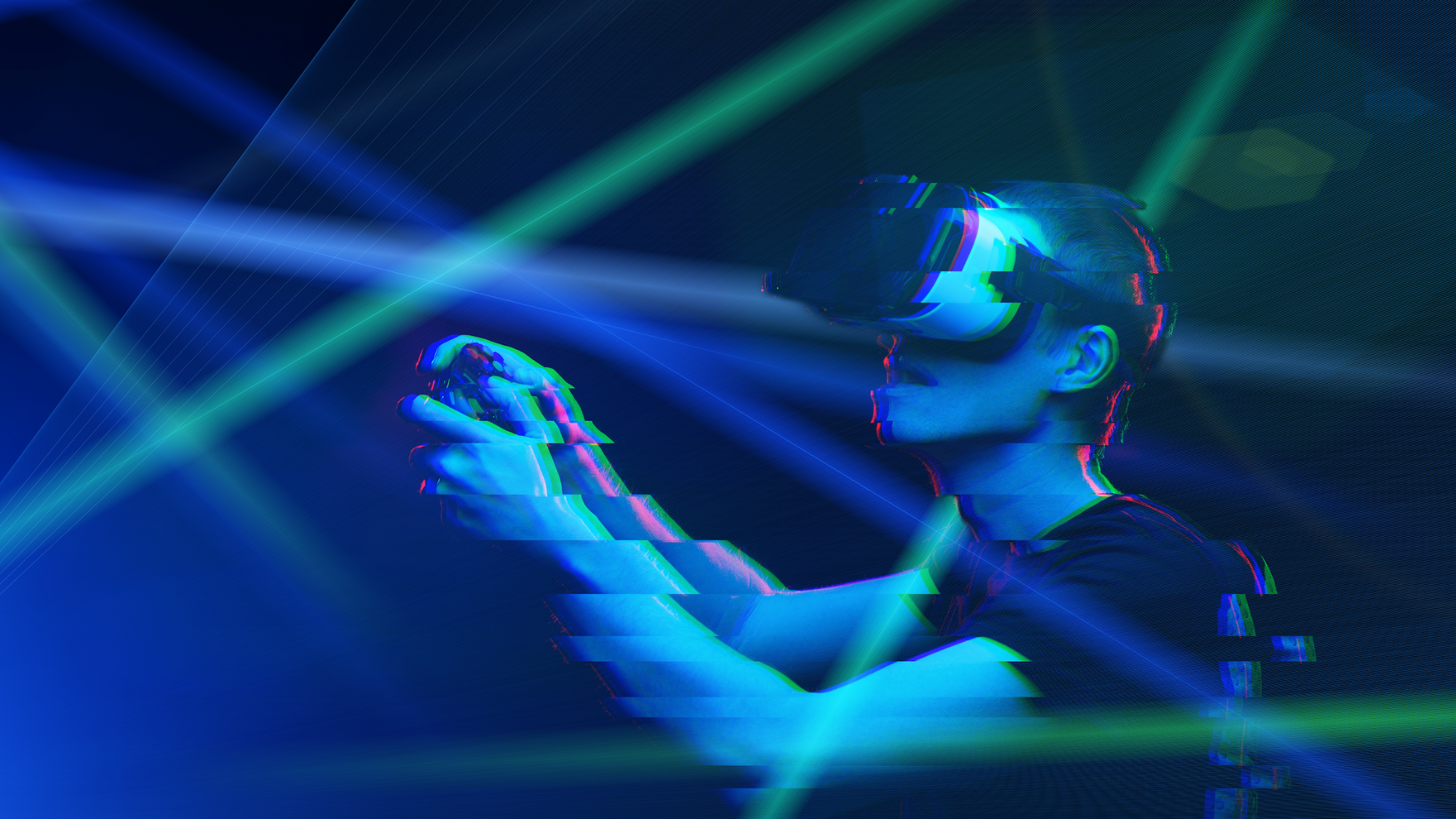In continuation of my blog series on Evaluating Immersive Technologies, today I present a look at the limitations of Volumetric Displays. If you have not yet read my previous posts, check them out here:
- A Beginner’s Guide to the Immersive World
- Part 1: Limitations of Virtual Reality
- Part 2: Limitations of Augmented Reality
- Part 3: Limitations of Mixed Reality
- Part 4: Limitations of Holography
Volumetric displays come in different forms and allow users to view complex 3D data from any angle. However, they often require complex hardware setups and low-cost versions can have low resolution, limiting their effectiveness for certain applications. Nonetheless, volumetric displays are highly useful in fields such as engineering, architecture, theatre, and media production where spatial understanding and visualization are critical.
Volumetric displays come in different forms, but typically they use multiple two-dimensional images or frames to create a three-dimensional image or object that can be viewed from any angle. Volumetric displays create a more natural and intuitive way to visualize complex 3D data, making them useful.
Which Industries Are Using Volumetric Displays?
- Entertainment
- Military & Defense
- Aerospace
- Medical/Healthcare
- Research & Development
Hardware Requirements for Volumetric Displays
Hardware requirements for volumetric displays can vary depending on the specific type of display being used, but generally, they require a high-performance computer with a dedicated graphics card capable of rendering 3D images in real time. Some types of volumetric displays, such as holographic displays, may also require a laser projector or other specialized hardware. In addition, some volumetric displays require a darkened environment to achieve the best image quality.
Software Requirements for Volumetric Displays
Software requirements for volumetric displays typically involve specialized software that can generate or convert 3D data into a format that can be displayed on the specific type of volumetric display being used. This software may also include tools for adjusting the size, resolution, and other parameters of the volumetric display to achieve the desired level of detail and realism. Some volumetric displays may also require the use of proprietary software or programming languages to achieve the desired results.
Considerations and Limitations of Volumetric Display Technology
Limited Resolution: As mentioned earlier, volumetric displays can have limited resolution, which can reduce the quality and realism of the image. In filmmaking, high resolution is essential to create a believable world. Therefore, more expensive volumetric displays are often needed to create immersion.
Cost: Volumetric displays can be expensive to produce, and this can make it challenging for smaller production companies to access them. The ones that are typically available for rent are the less expensive and lower immersion versions.
Limited Size: When volumetric displays are limited in size, it can reduce the realism and immersion of the experience. This can be particularly challenging for filmmakers who want to create larger-than-life environments and scenes.
Technical Challenges: Volumetric displays require specialized hardware and software, and this can make it challenging for filmmakers who are not familiar with these technologies. Additionally, they may require a darkened environment to achieve the best image quality (depending on version and type), which can be difficult to control on a film set or in other environments.
Cognitive Workload: Volumetric displays may require users to mentally process complex 3D data from multiple angles, which can be mentally demanding. Additionally, the need to interpret and understand the meaning of the volumetric data can also add to the cognitive workload.
Volumetric Displays in the Arts & Entertainment Industries
In recent years, Hollywood has explored how to use volumetric displays in film, TV, and entertainment. Hollywood and the film industry have been using volumetric displays in various ways to enhance the visual effects and storytelling in movies, such as the example with Samsung below. One example of volumetric display technology being used in Hollywood is the Light Stage technology developed by Paul Debevec, a research professor at the University of Southern California.
The Light Stage system uses a series of cameras and projectors to capture the geometry, appearance, and lighting of an actor’s face from multiple angles, which is then used to create a digital model that can be viewed and manipulated in 3D space. This technology has been used in films such as “The Curious Case of Benjamin Button” and “Avatar” to create realistic digital characters.
Another example is the use of volumetric displays in movie theaters to enhance the movie-watching experience. The Holographic cinema system developed by CJ 4DPLEX uses a series of projectors to create a holographic image that appears to float in mid-air, creating a more immersive and engaging viewing experience.
Overall, the use of volumetric displays in Hollywood and the film industry has opened up new opportunities for filmmakers to create more engaging and visually stunning movies. As technology continues to advance, we can expect to see even more creative uses of volumetric displays in future films and in other industries such as training and medical applications.
Explore Your Options with Volumetric Displays
When implementing any of these technologies, it’s important to always include a human factors engineer with expertise in cognitive analysis and ergonomics of the technology being implemented. Contact us to learn more about our volumetric display enterprise solutions and how the future of technology can create measurable results in your team’s performance.
Stay tuned for the next post where I will explore the limitations of 360 Video and follow me on LinkedIn.





